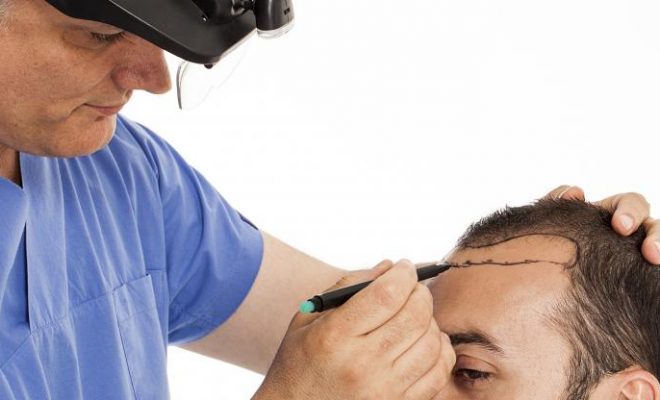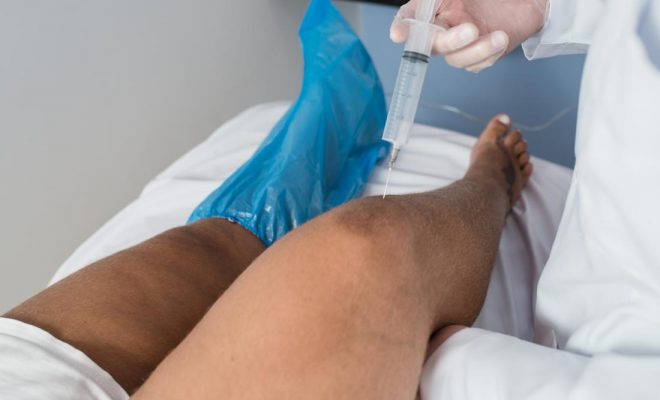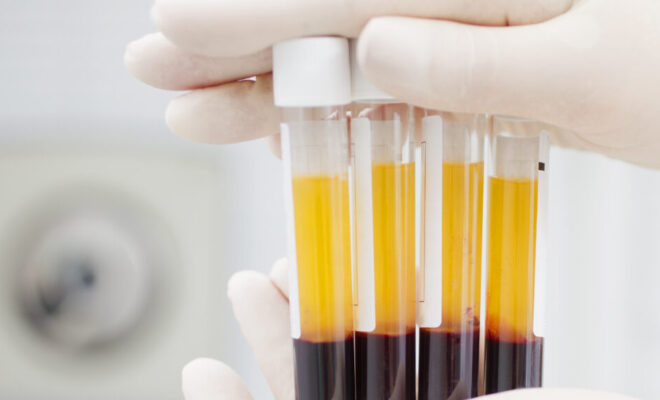How FUT Hair Transplant Saves the Donor Area

It has always been a question that after the hair transplant procedure that donor area gets depleted and affect all over the safe donor area while hair root extraction is performed. The procedure has a significant role in solving the issue of balding by making the process of hair root transfer a successful one! The procedure involves the hair root transfer from the safe donor zone to the areas of the balding part known as the recipient zone. The hair root transfer is either done by the FUT technique or through the FUE technique that facilitates the option of hair root extraction for the process of root implantation and fulfils the job of hair transplant.
The hair transplant in Delhi comes among the best affordable cost option that attracts both national and international patients to come and join the medical tourism in India. One can easily receive the quality treatment at the modest hair transplant cost in Delhi with an assurance of getting the best facilities and services of the cosmetic surgery.
In this article, we are describing the procedure of hair transplant in the context of the role of donor area and their significance described below:
- The Transferring of Root Success depends on the Donor Area:
The transferring of hair roots depends on the donor area from where the roots are extracted and thus plays a pivotal role in the hair transplant procedure. The donor area is usually targeted from the safe donor part, i.e., the back & sides of the scalp. The donor area must be in a healthy and safe status in terms of providing the needed number of grafts to fulfil the restoration job.
Extraction in the FUT:
The FUT hair root extraction is done via the strip of the skin that is only targeted from the safe donor part of the scalp, i.e., the occipital & parietal part of the scalp. The strip is further sent to the dissection job under the higher magnification of microscopes allow a surgeon to obtain the maximum number of follicular units in a single session. The strip excision in the FUT is carefully done by taking the linear strip from the safe donor part that later closed by the advanced Trichophytic closure in order to remove the incision scars effectively. In this way, the safe donor area gets saved for future sitting as one can get the best number of grafts in a single sitting and achieve the desired outcome of the procedure. The patient can go further sitting if required in future if it is the case of genetic baldness or progressive hair loss.
The Benefits of FUT Technique is jotted down below:
- It gives the maximum number of grafts in a single sitting just via the strip excision from the safe donor area
- The maximum possibility of the graft survival due to microscopic dissection
- The FUT can easily facilitate the multiple sittings
- No scar and no pain due to the involvement of Trichophytic closure and local anaesthesia respectively
- Donor area gets saves effectively as the single strip is excised in a single time
Extraction in the FUE:
The extraction of hair roots in the FUE technique involves the multiple and dynamic punches via the punching tool or machine that is regardless of exact angle and direction. The hair root extraction in the FUE is decided by the doctor’s forecasting and speculation ability that may go wrong in most of the cases result in the minimum number of graft extraction in a single sitting with the disadvantage of donor depletion possibility.
There is a maximum possibility of donor depletion due to multiple punching processes that are needed to be extracted one-by-one in order to extract every single graft in a single time.
The Limitation & Benefits of FUE Technique:
- The FUE hair transplant is recommended for Body hair transplant (BHT).
- The FUE causes multiple spot scars due to random punching and results in severe donor depletion
- The FUE is only recommended for the lesser grade of baldness like the NW-I or II.
Denouement:
In the nutshell, we can say that the procedure of hair transplant must be followed by the primary consultation that decides the feasibility of the technique according to the state of hair loss and the available donor area helps in meeting the desired cosmetic goal of the surgery.








